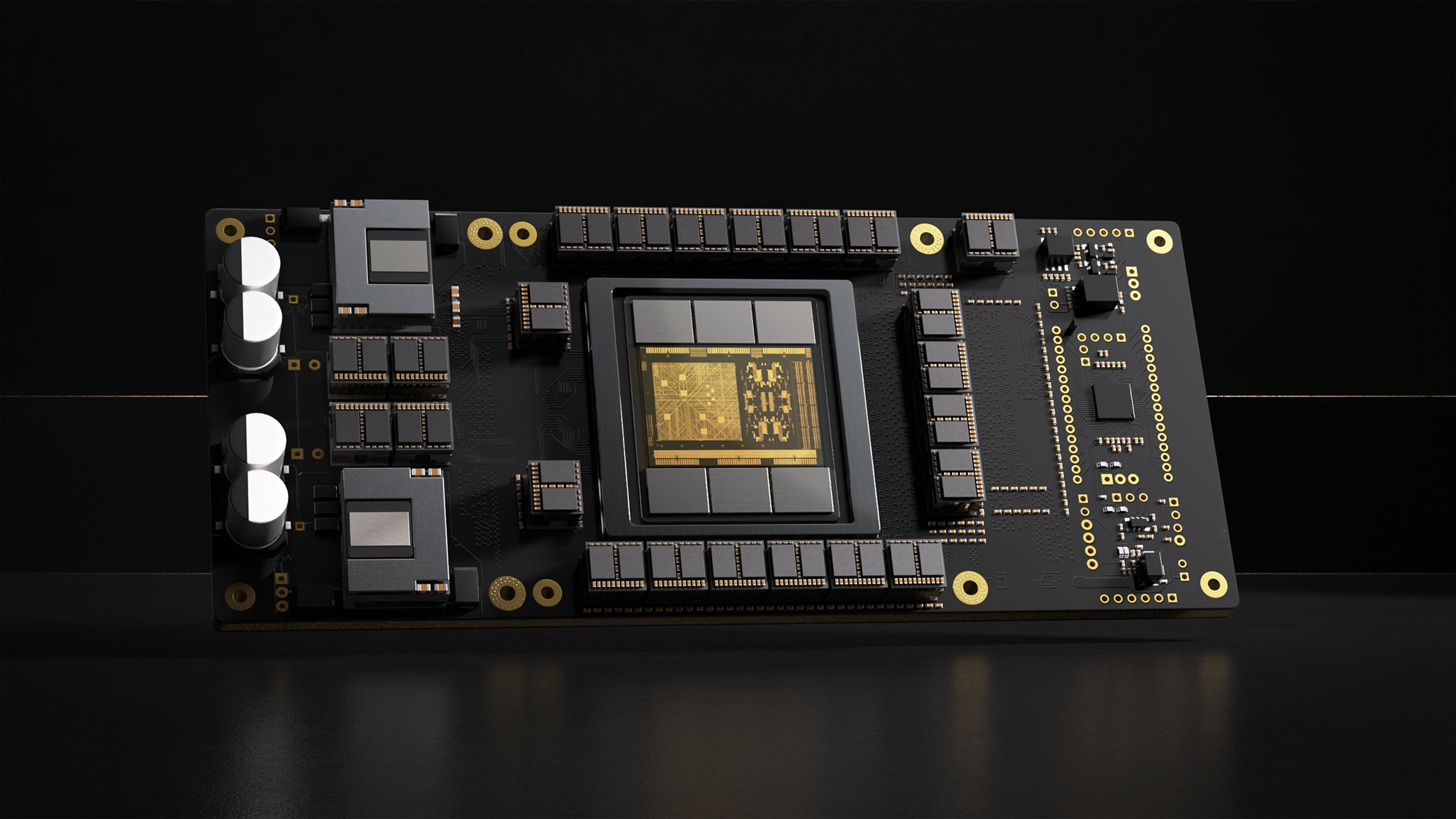Switched [Sex] at Birth

This article originally appeared on the Newton blog at RealClearScience. You can read the original here.
Male? Female? Neither?
For centuries, society has pigeonholed itself into a traditional, two-dimensional view of gender. Adam and Eve, Jack and Jill, Sonny and Cher, Mork and Mindy: There’s always a ying to a yang, a male to a female, never room for a third. Yet biology doesn’t give a damn about our idealized views of gender normalcy. Every so often, it throws us for a loop.
About 1 out of every 4,000 babies are born “intersex,” with both male and female sexual traits. The prevalence has been estimated to be both higher and lower, but that’s a number right in the middle. Intersexuality encompasses a wide variety of conditions, however, it’s most often tied to a hormone malfunction. Chromosomal females (XX) exposed to excessive virilizing hormones in the womb will develop overly large penis-like clitorises, and maybe even other typical male features — facial hair, for example. On the other hand, chromosomal males (XY) that are insensitive to androgens — male hormones — may be born with miniscule micropenises or even vaginas.
It was in these ambiguous gender situations that — for many years — rigid cultural stereotypes of sexuality seeped into the hospital. Birth certificates demanded a “male” or “female” classification, and doctors desired to deliver. Thus, when a newborn’s sex was unclear, physicians would perform gender reassignment surgery. For boys with penises smaller than one-inch when stretched, this meant getting turned into girls. They would be castrated, and have a “vagina” fashioned out of extra skin or colon. On the other hand, girls born with large clitorises would have them trimmed to a less prominent size. In these situations, surgeries were often conducted hastily, with little time for parents to consider the ramifications of such a decision. Needless to say, the young individuals being operated on were never consulted. Moreover, the procedures weren’t without physical repercussions. Often, they would render the baby infertile and severely limit sensations of sexual pleasure.
“For a constructed vagina to be considered acceptable by surgeons specializing in intersexuality, it basically just has to be a hole big enough to fit a typical-sized penis. It is not required to be self-lubricating or even to be at all sensitive,” Northwestern
University bioethicist Alice Dreger wrote.
Thanks in part to the efforts of Dreger, who’s penned three books on the subject, gender reassignment surgery is rarely performed anymore. Instead, intersex babies are allowed to remain in their neutral status so that they may choose their sex for themselves at a later date. This is surely preferable to “cutting first” and asking questions later.
“The well-being of the child and of the future adult has to be fostered,” a team of German ethicists concluded in an article published to the European Journal of Pediatrics in summer 2010. “It is important to note that the surgical creation of unambiguous external genitalia is neither necessary nor sufficient criterion for well-being and is sometimes impossible to achieve; bodily integrity and quality of life, particularly with respect to reproductive capability as well as the ability to experience sex, and the free development of the child’s personality have also to be taken into account.”
(Image: Gender Line via Shutterstock)





